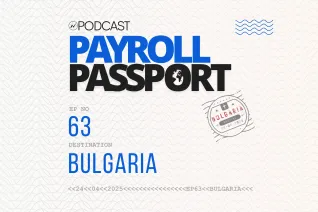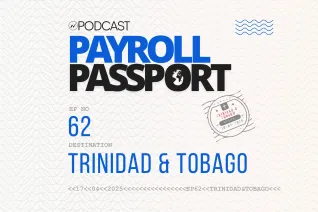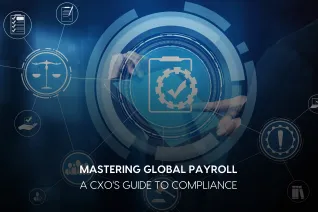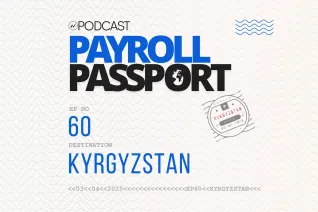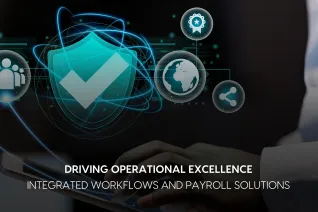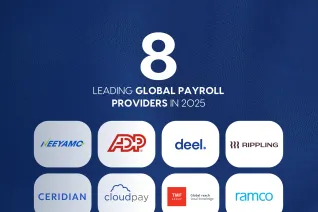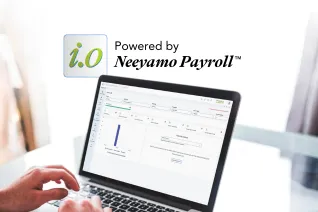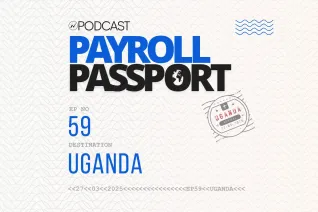Understanding complexities in managing Cross Border Payroll

What is Cross Border Payroll?
Payroll departments operate at the intersection of Finance and HR functions. While in some organizations, payroll aligns closely with HR, in others, they report directly to their heads of finance. The payroll team is responsible for accurately executing payments for one of the largest expense overheads in any organization, namely employee salaries and wages. Managing this overhead accurately for a single country by ensuring timely inputs from various input sources across the organization, validating payroll tax anomalies, ensuring compliance to all local laws and proper salary disbursement might seem a daunting task. These complexities tend to grow manifold when an organization’s geo-distribution requires managing payroll services across multiple countries. So what are these complexities? Read on to find out!;
The United Nations Conference on Trade and Development (UNCTAD) reported that, as of 2006, there were almost 80,000 active MNCs worldwide.. This number should have certainly grown significantly over the past decade as organizations increasingly found themselves expanding in search of new resources and markets. With this expansion comes the increased complexity of managing a global workforce and their salary disbursement.
What complexities is an organization bound to face while managing global payroll?
1. Knowledge of country-specific rules: Seldom does two countries have similar payroll and benefits rules that define the composition of an employee’s salary. Errors in implementing these rules can adversely affect the overall payroll process and further result in gross employee dissatisfaction. While developing in-house competency is one of the routes to take, having a partner with a cross border experience of managing global payroll will help negate this risk.;
2. Divisional HR and payroll platforms: Ensuring 100% accuracy in payroll inputs could ensure near perfect payroll outputs. While there are several other factors that contribute to overall payroll accuracy, payroll inputs plays a critical role in the overall process. With HR contributing to ~90% of the payroll inputs, it is highly critical that organizations streamline and automate their payroll input gathering process. Organizations who have already invested in a global or regional HRIS will need to work towards integrating their HR platform to their payroll solution to ensure seamless flow of information as opposed to periodic updates being fed into the payroll solution.
3. Lack of automation for payroll processing: Even in this day and age, there are organizations who continue to compute payroll through spreadsheets, however, this is unsustainable in the long run. On the flipside, having a payroll platform that is integrated to the organization’s local HRIS and other ancillary HR modules like Time & Absence, will help automate tedious processes like payroll input gathering across all sources org-wide. An automated payroll process will help increase process efficiency and accuracy while providing significant room for sustainable growth as organizations continue on their expansion journey.
4. Lack of a GLO-CAL approach: While an organization could be global in nature, it is however important that their approach to addressing payroll requirements needs to be at a local level.
a. Local language support – because, lets face it, not every country in the world has English as its preferred language. Having payslips, payroll related documentation and employee support in a preferred local language will go a long way in heightening employee satisfaction and overall payroll governance.
b. Compliance – on the ground: Staying on top of changes in local payroll compliances in a critical part of the overall payroll process. The years 2020 and 2021 saw numerous changes in local payroll tax laws and local benefits to help support salaried employees. Payroll practitioners the world over had to stay nimble to ensure they abided by them.
5. Accuracy in disbursing global payments: The challenges with global payroll does not always end with payroll processing – ensuring accuracy disbursement is equally key. For global payroll disbursement, compliance to local laws is key. Having a fully automated unified solution will help payroll teams refrain from initiating multi-channel payments for each country. Payments to tax authorities, social security and other benefits providers can be made seamless.;
Organizations the world over will continue to expand its geographic borders and it is therefore critical for payroll teams to take adequate steps to combat challenges that could arise as a result of cross border payroll.
Neeyamo specializes in providing global payroll in over 150 countries, with local feet on the ground to support with compliance requirements. Fortune 500 and Global 2000 organizations have partnered with Neeyamo for their cross-border payroll management and have realized their vision of a unified global payroll model. Read case study here.
Click here to connect with us to learn about our global payroll service delivery that has helped multinational organizations connect beyond borders.
Latest Resources
Stay informed with latest updates
If you're curious and have a thirst for knowledge pertaining to the HR, payroll, and EOR universe, don't miss out on subscribing to our resources.



